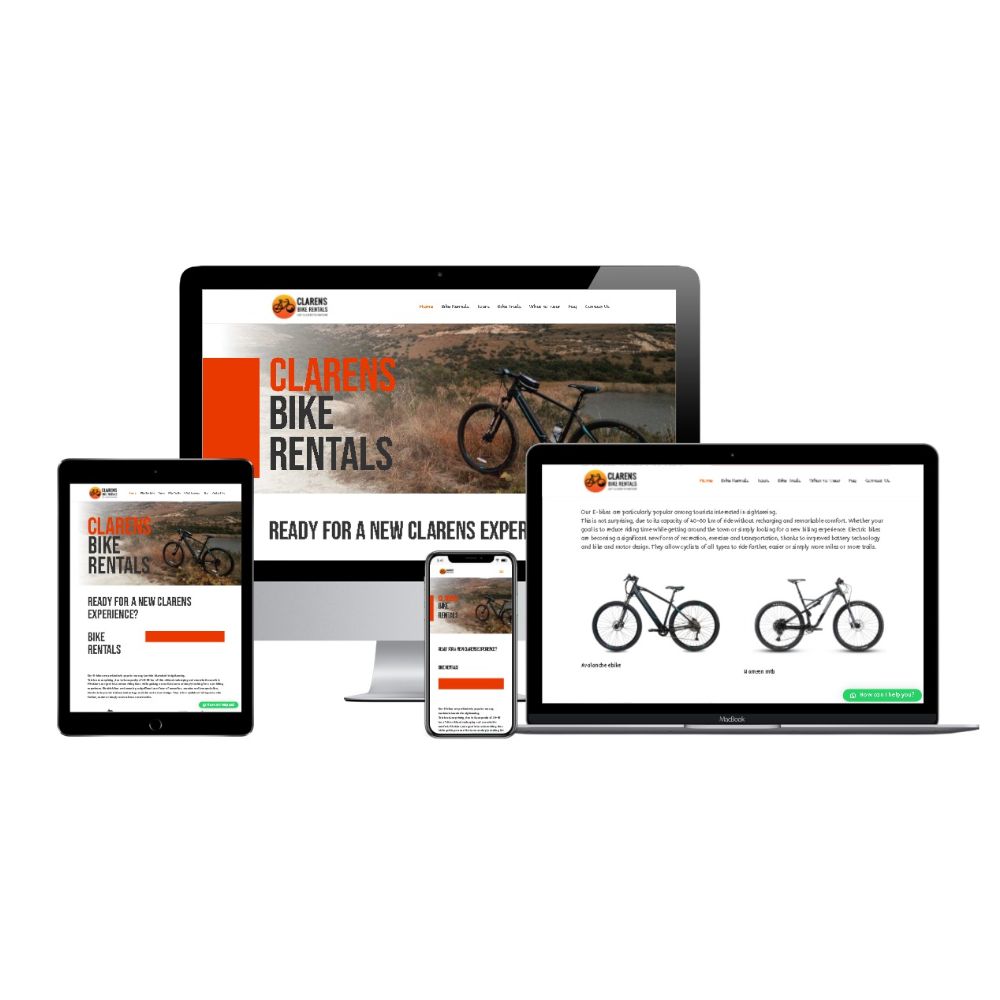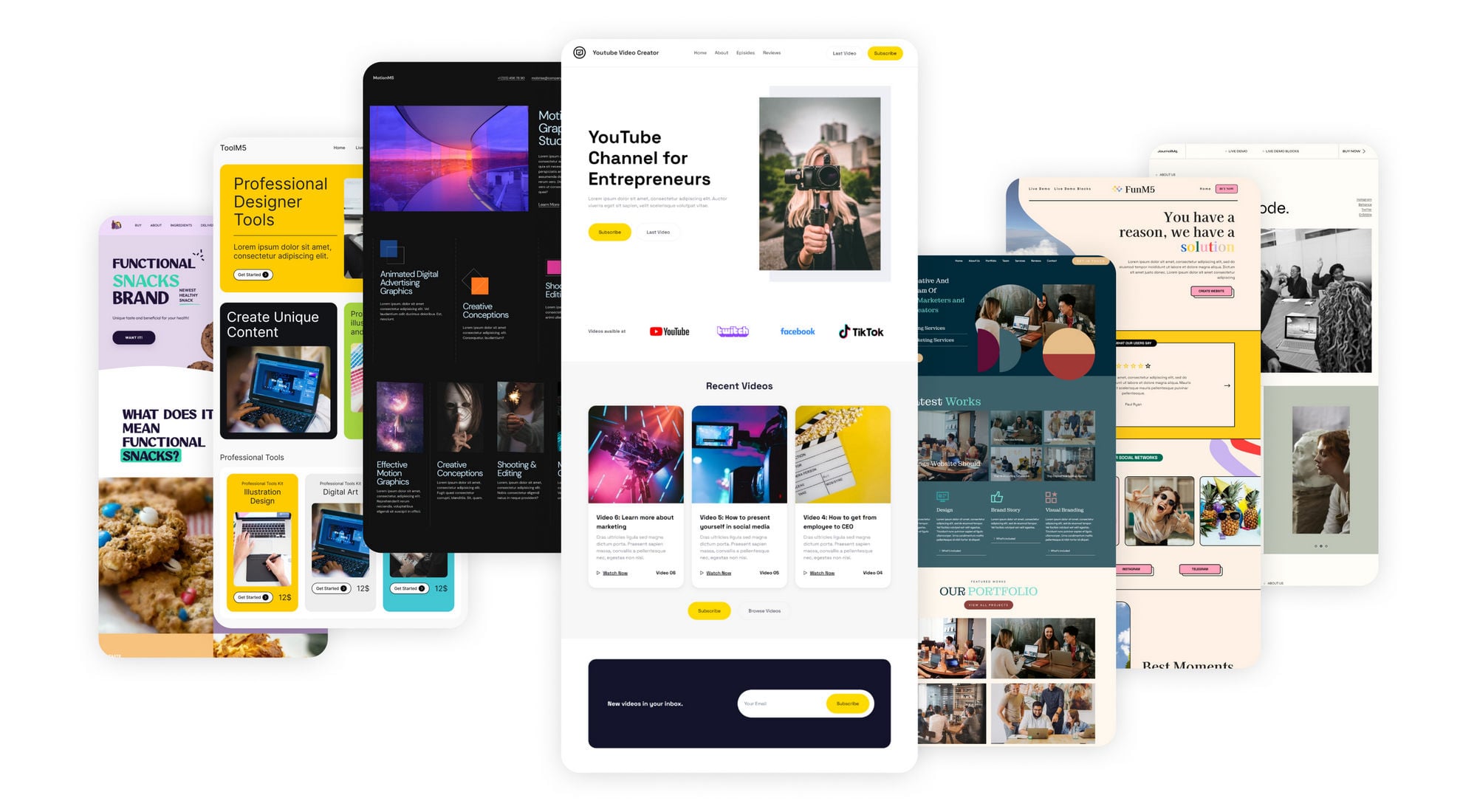Future-Proof Your Company with Cutting-edge Website Design Trends
Future-Proof Your Company with Cutting-edge Website Design Trends
Blog Article
Optimize Engagement: Proven Techniques for Exceptional Internet Site Design
In a progressively electronic landscape, the importance of a user-centric technique to website design can not be overemphasized. Understanding how efficient navigating, visual pecking order, and material optimization merge to boost user engagement is vital for any kind of company looking for to make a meaningful impact. As we explore different tested methods that add to superior website design, the interaction in between these components discloses not just ideal practices but also innovative techniques that can raise individual experience. What may shock you is exactly how basic modifications can cause exceptional makeovers in involvement metrics.
Significance of User-Centric Style
User-centric design is important in creating reliable sites, as it prioritizes the demands and preferences of completion individual from the very start of the design procedure (website design). This approach ensures that the web site is tailored to give an ideal experience for customers, promoting interaction and complete satisfaction. By understanding user habits, goals, and discomfort factors, designers can develop interfaces that reverberate with their target audience and cultivate a sense of link
Implementing user-centric style involves substantial study, including customer personas and journey mapping, which aid in identifying the certain requirements of different customer segments. This data-driven approach permits informed decisions pertaining to format, functionality, and material, ultimately causing the production of a more enticing and intuitive web experience.
In an affordable electronic landscape, prioritizing user-centric design is not merely advantageous; it is essential for driving involvement, lowering bounce prices, and cultivating individual commitment. Efficient sites are those that resonate with users, making user-centric design a fundamental concept for successful internet advancement.
Effective Navigating Approaches
A well-structured navigating system is a cornerstone of effective internet site style, developing straight on the concepts of user-centric design. Reliable navigation allows customers to discover info quickly and with ease, improving their overall experience and motivating longer sees.
To achieve this, take into consideration carrying out a clear hierarchy in your navigating menu. Key classifications need to be promptly visible, while subcategories can be disclosed through dropdowns or expanding menus. This company helps individuals anticipate where they could find appropriate content, minimizing disappointment.

Uniformity is essential; utilize familiar terms and layout components throughout the site to prevent confusion. Breadcrumb tracks can additionally be advantageous, supplying customers with contextual recognition of their location within the site and enabling simple backtracking.
Finally, make sure that your navigating is mobile-friendly and receptive. As even more users access sites through mobile gadgets, adjusting your navigating for smaller sized displays is important for preserving functionality and availability. By focusing on these methods, you can produce a smooth navigation experience that keeps individuals engaged.
Visual Hierarchy and Layout
Establishing a clear aesthetic power structure is crucial for guiding customers via an internet site's material properly. A well-structured format not just improves individual experience but also affects just how visitors perceive and interact with info. By tactically employing size, shade, spacing, and contrast, developers can produce prime focus that draw focus to the most crucial elements, such as headings, contacts us to action, or images.
Including a grid system can additionally improve visual pecking order by providing a regular framework for content placement. This organization allows customers to browse the site with ease, making it much easier to digest details (website design). Furthermore, making use of whitespace is vital; it develops breathing space around elements, minimizing cognitive overload and highlighting key web content

Material Optimization Techniques
While developing aesthetically appealing styles is essential, the effectiveness of a website eventually rests on just how well its web content is maximized for both search engines and user engagement. Content optimization involves a tactical method that improves exposure and significance, inevitably driving website traffic and maintaining site visitors.
First, keyword research study is essential. Determining relevant key words that align with user intent enables the combination of these terms normally into headings, text, and meta descriptions. This not just assists in placing higher on search engines but additionally boosts the clearness of content for users.

Additionally, optimizing for neighborhood SEO can enhance interaction for region-specific target markets. Integrating localized key phrases and creating material that addresses local rate of interests enhances significance.
Lastly, on a regular basis updating material ensures that it stays fresh and beneficial, interesting both online search engine and returning customers. By concentrating on these content optimization strategies, companies can produce an engaging online existence that cultivates interaction and drives conversions.
Responsive and Mobile-First Approaches
Customer engagement and material presence are increasingly influenced by the capability of a web site to adapt perfectly throughout numerous tools. With the rise of mobile browsing, utilizing receptive layout and mobile-first strategies has become vital for discover here reliable internet growth. Responsive design guarantees that a single web site format readjusts fluidly to various display dimensions, from desktop computers to smart devices, thereby providing a consistent individual experience.
On the other hand, a mobile-first technique prioritizes the mobile user experience during the design procedure. Deliberately for smaller sized screens initially, developers can concentrate on crucial attributes and improve performance, ensuring that customers are not bewildered by unnecessary content. This approach additionally enhances packing times, which is crucial for retaining site visitors.
Both methods add to higher involvement rates, as users are more probable to interact with a website that is straightforward and visually appealing. Moreover, search engines prefer mobile-optimized websites in rankings, therefore enhancing visibility. In recap, adopting mobile-first and responsive layout methods is crucial for maximizing customer interaction and ensuring that web content remains easily accessible and effective throughout all tools.
Final Thought
In verdict, the application of user-centric layout principles is crucial for maximizing interaction in website design. Efficient navigating techniques, a distinct aesthetic hierarchy, and optimization of material dramatically enhance individual experience. Furthermore, taking on mobile-first and responsive techniques makes certain ease of access across different tools. Jointly, these techniques not only assist in details access but also foster deeper individual communication, inevitably adding to greater involvement rates and overall site success. Prioritizing these aspects is necessary for reliable website design.
As we explore various proven strategies that add to superior internet site style, the interplay between these components discloses not just finest methods but additionally cutting-edge techniques that can elevate customer experience.User-centric style is vital in creating reliable internet sites, as it prioritizes the needs and choices of the end individual from the very start of the style process. Reliable web sites are those that resonate with customers, making user-centric style a fundamental concept for successful internet advancement.
Responsive layout guarantees go to website that a single internet site design readjusts fluidly to various screen sizes, from desktop computers to mobile phones, consequently supplying a consistent customer experience.
In summary, taking on responsive and mobile-first design strategies is important for optimizing user involvement and guaranteeing that web content remains easily accessible and effective throughout all tools.
Report this page